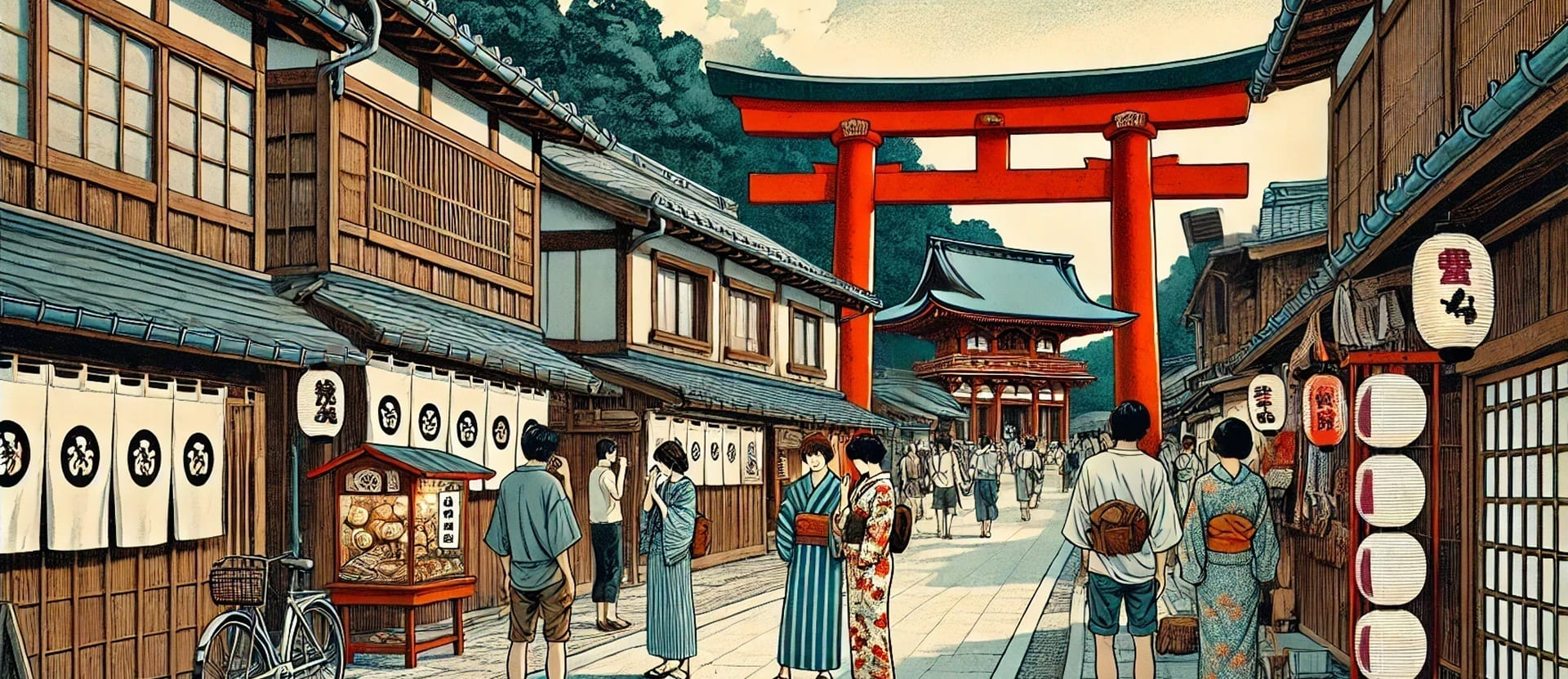
Japanese Customs
Japanese customs and manners reflect the deep respect for others and harmony in society. From bowing to gift-giving, these traditions embody the spirit of Japanese culture and help maintain social harmony.
Discover Japanese customs
Japanese Way of Life
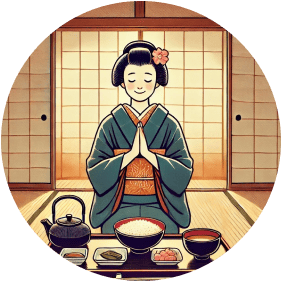
Manners & Etiquette
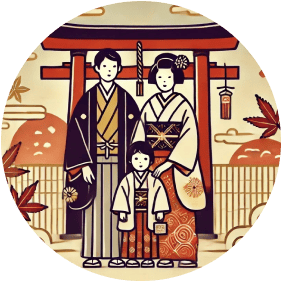
Life Events & Ceremonies
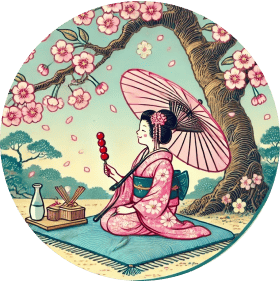
Seasonal Traditions
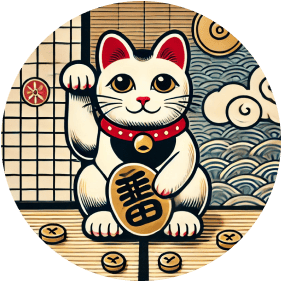
Traditions & Beliefs





